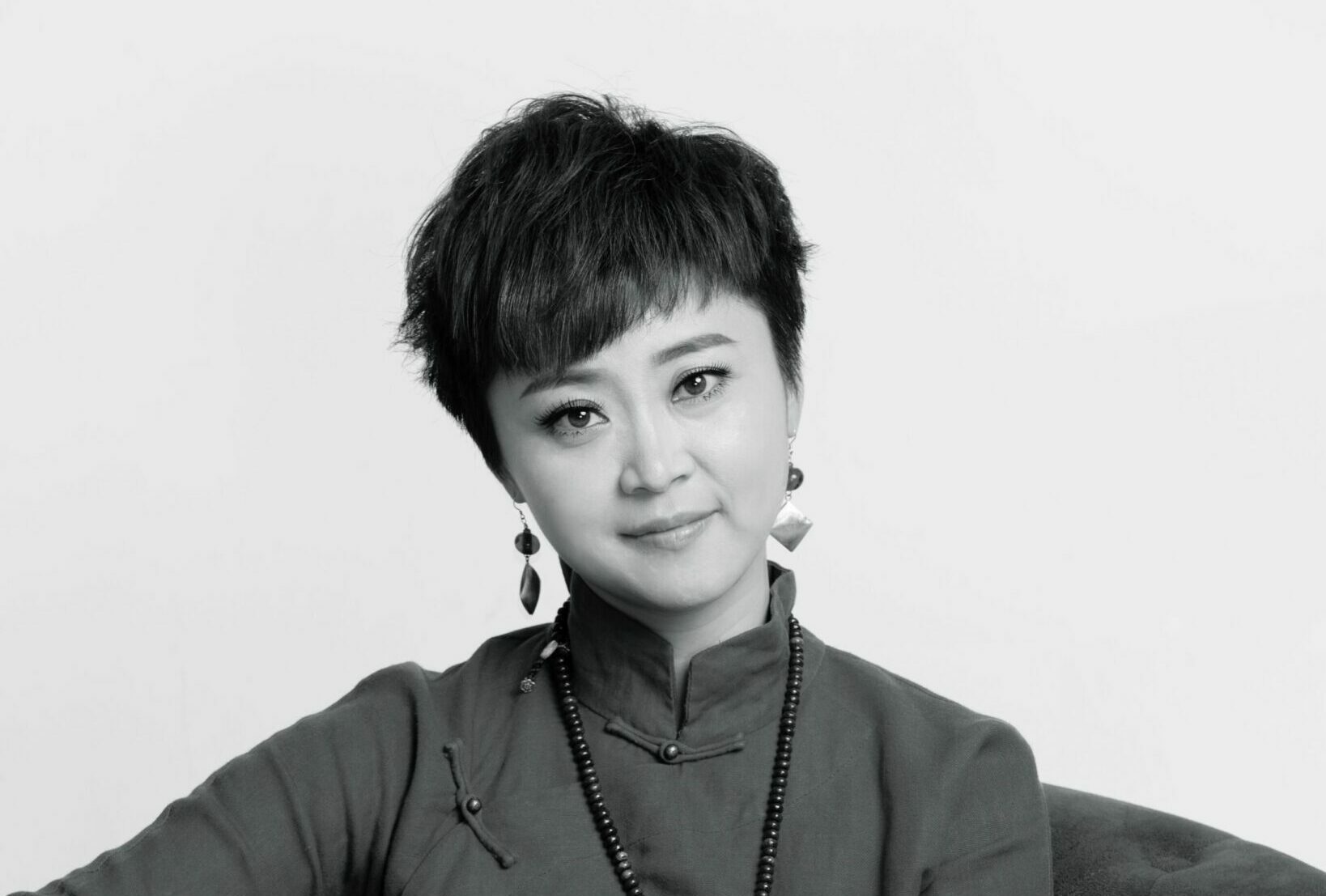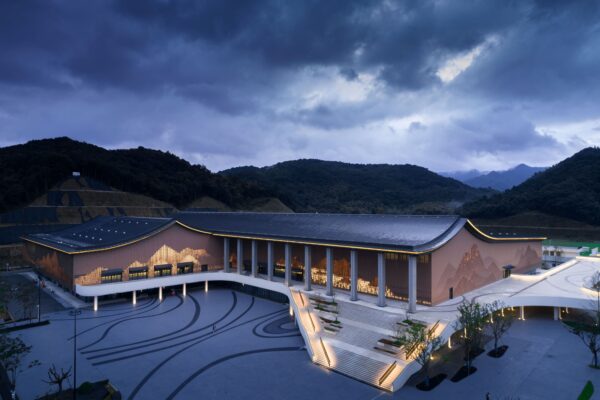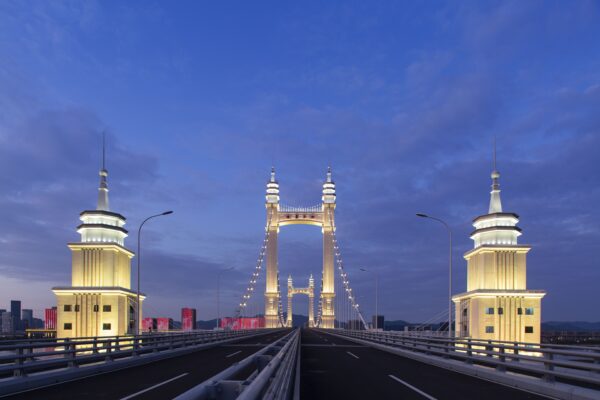
LIT Design Awards jury member Xiaodong Wang has over two decades of experience in lighting design. Her passion and expertise in creating atmosphere and experience of space through light led to the extensive outcomes of the projects. Her work is wide-ranging in type and scale encompassing lighting for architecture and urban design. She shares with us more about her passion for lighting design.
Could you tell us a bit about yourself and how did your passion for lighting emerge?
My first master’s degree is in Comparative Literature as I didn’t major in lighting design at the outset. My liberal arts background is a great asset to perceive beauty, art and design from a more sensitive and spiritual perspective, and to gain deeper insights into lighting design beyond light, shadows and technology.
For me, working with light and shadow seemed to be predetermined. I wrote about light worship and fire worship in my thesis for the M.A.. After graduation, I worked in a world-famous German glass enterprise and was lucky to participate in an art project collaboratively launched with Swarovski in Milan International Fair. The project invited artists and architects, including Kengo Kuma, Jasper Morrison, etc., to make art installations from crystal. Later on, I entered in the lighting industry in 2001 by chance and have been working on ever since. During this period, I also gained a Master degree in Lighting Design. As time goes on, I have been increasingly obsessed with light and shadows, and gradually gained my own understanding of lighting design.

Project name: Xu Wei Art Museum, Location: Shaoxing, China
What are your guiding design principles and can you tell us more about your role and responsibilities at Lighting Design & Research Institute of UAD?
“Darken elegantly, and lighten poetically”. This is my basic guiding design principle.
I’m currently the principal of the Lighting Design & Research Institute (LDI) under the Architectural Design & Research Institute of Zhejiang University (UAD). Belonging to UAD, LDI is a design & research institute as well as an industry-academia-research platform wholly owned by Zhejiang University.
With a young, diligent and professional team, LDI mainly works on lighting design practices and research. Our design practices cover urban lighting planning, landscape and architectural lighting design and more, and our research is mainly on lighting education, issues and application, and on the compilation of industry specifications and standards.
Are there any specific processes or elements you make sure to include when working on large-scale Lighting project?
Apart from preliminary site investigation, schematic design, design development and drawing design, we also pay great attention to final realization, which normally includes on-site testing, solution debating and final commissioning.
There are plenty of factors that influence the lighting effects of a project. In addition to design scheme optimization, parameters calculations and luminere layouts, it is also vital to study various materials, find proper expressions and accurately control lighting. We attach great importance to each project’s lighting quality, so we put an emphasis on debating, testing and commissioning to ensure a desirable effect.

Project name: Shooting, Archery & Modern Pentathlon Venue for Asian Games 2022, Location: Hangzhou, China
What do you think are the biggest challenges and opportunities in the Lighting Industry in China now?
The biggest challenge faced by China’s lighting industry is rapid urbanization and its impact on human settlements, environment, resources, etc. But challenges are also opportunities. Currently, the lighting sector in China is developing in the direction of being more intelligent and energy-saving, and more concerned about the relationship between human and environment, human and cities, human and ecology.
What are you focused on right now? Is there a new project or collaboration you can share with us?
In the past few years, we have purposely undertaken lots of lighting design projects for urban renewal. As urban regeneration is a long-term, growing sociological topic, it constantly brings new challenges from different aspects including planning, design, operation, management and so on. I think this kind of project is quite meaningful and also valuable.
Besides, our team has also taken on several projects for the 19th Asian Games Hangzhou 2022, including improving some stadiums and the local urban environment. Those projects are now being carried out and are expected to be completed from the end of this year to next year.

Project name: Lighting for Core Section of Zhoushan New Area, Location: Zhoushan, China
Last, what is the main message you would like to send to young, emerging Lighting designers?
Firstly, never stop learning. Try to visit more, see more and learn more, and be humble as well. A wide range of knowledge is essential to excellence.
Secondly, pay attention to the execution. Every project is unique, which requires us to treat construction drawings and on-site services as prudently as devising design schemes. In addition, attach importance to details and quality. Let the project speak for yourself.
Thirdly, focus on introspection. Review is for improvement, and introspection is for better practice. Accumulate richly and break forth effectively.

Project name: Floodlighting Design for Damiao Temple, Fengqiao, Location: Zhuji City, China
Read more interviews with lighting design professionals here.